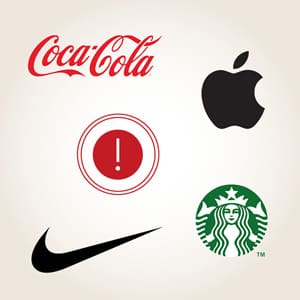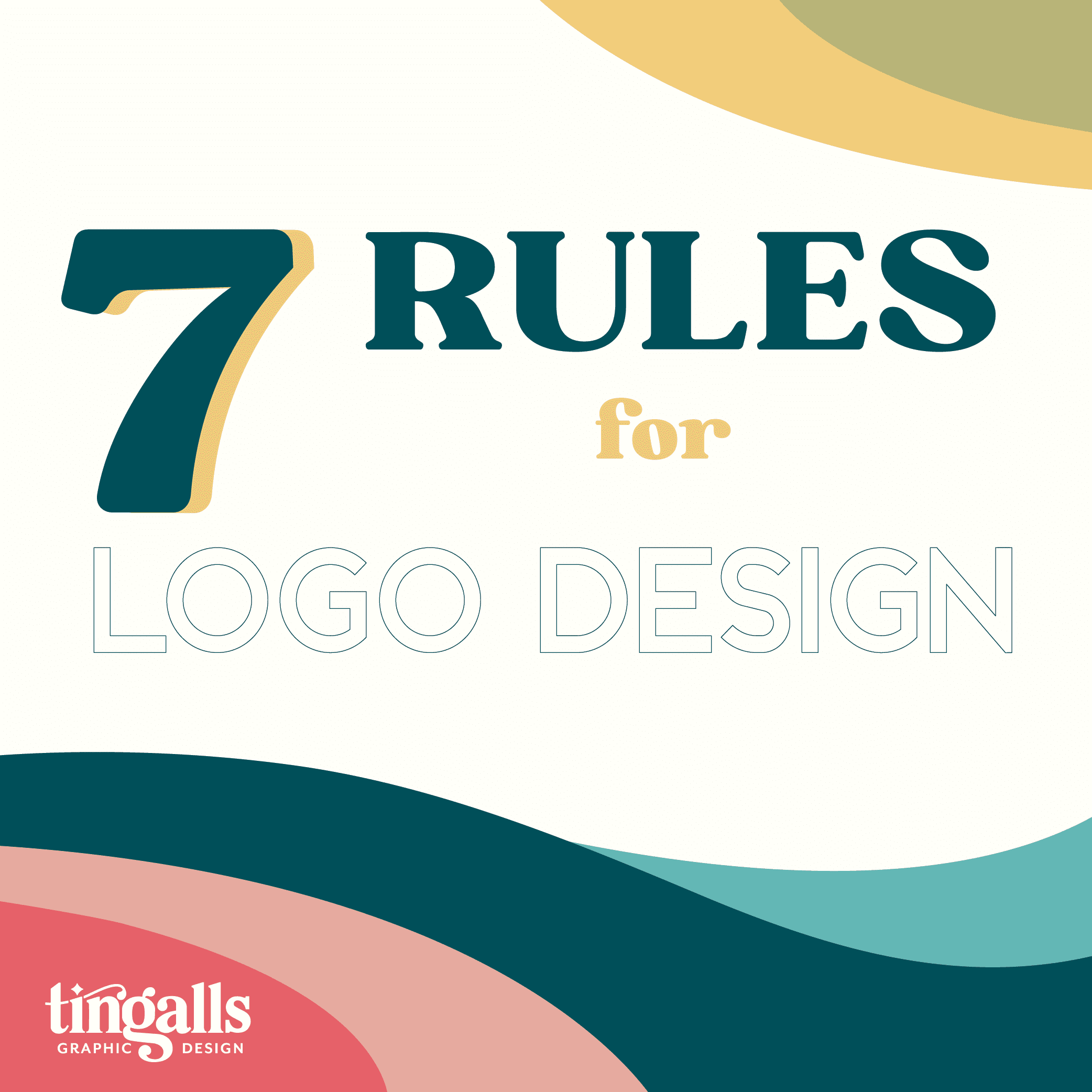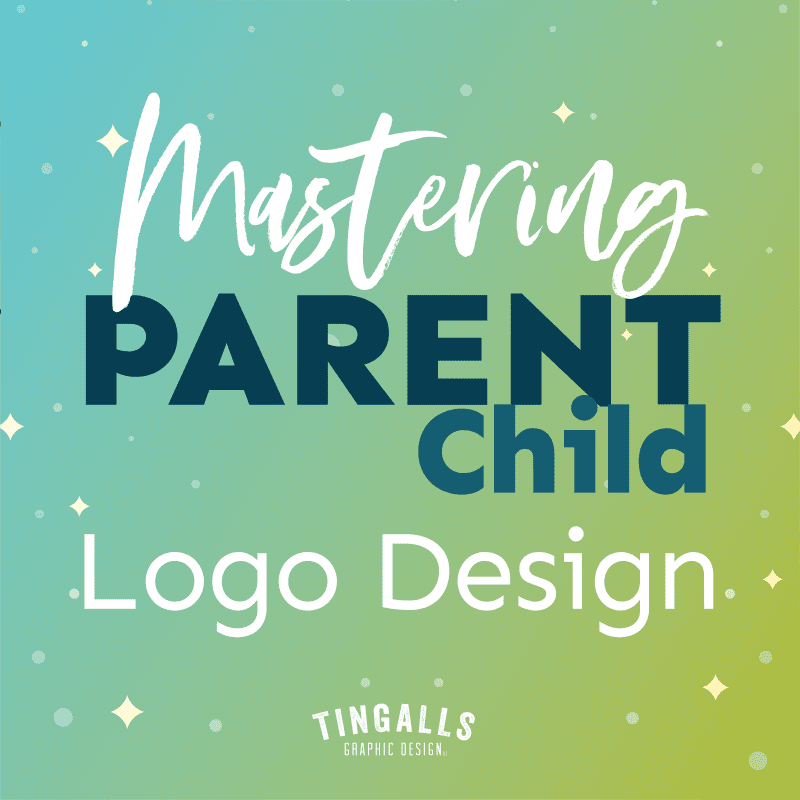The History of Iconic Logos
The logo creation process is unique to every company logo. At Tingalls Graphic Design we have a set procedure for designing logos but, as we sometimes find, the ideas can come at anytime and anywhere, which got us talking recently about iconic logos and how they were created. We found this so interesting we thought we’d share the stories of how some famous logos came to be.
Nike
The Nike Swoosh is recognized around the world and hasn’t changed much since its inception, but what is the history of the Nike Swoosh? In 1971 a graphic design student, Carolyn Davidson, agreed to do some freelance work for Blue Ribbon Sports, who was going to be launching a new line of footwear the following year. Davidson came up with a number of ideas and the swoosh, which was meant to represent the Greek Goddess, Nike, was eventually selected. Davidson’s going rate at the time was $2 per hour and the total bill presented to Blue Ribbon Sports for her services was $35. In 1983, realizing the value of the swoosh, she was given a gold swoosh ring and Nike stock.
Apple Computers
If you’re not aware of the first Apple logo you’d have a hard time recognizing it, it’s a busy little piece of artwork with Sir Isaac Newton sitting under an apple tree, that famed apple ready to fall. A banner wrapped around the logo reads, “Apple Computer Co.” and a quote around the boarder of the picture says, “Newton … A Mind Forever Voyaging Through Strange Seas of Thought … Alone.”
Wisely, that logo was changed to the modern apple-with-a-bite-out-of-it shape. A whole apple was considered but the bite missing seemed to distinguish the logo as being an apple rather than a tomato. If you think back, you might remember that the apple was once striped in rainbow colors, this color scheme lasted for 22 years and has changed a few times since.
One of the most noted changes (although not official) was created by a Hong Kong student as a touching memorial to Steve Jobs after his death, the bite was replaced by Jobs’ silhouette. This is proof of how iconic a logo can be and how closely it can be tied to a product or an individual.
Olympics
The Olympics have been around for thousands of years but it wasn’t until 1914 that the five different colored, intertwined rings were chosen as a logo. The idea came from Pierre de Coubertin and was loosely based upon the USFSA, a French sports association, that used two interlaced rings inspired by Carl Jung’s belief that the ring meant continuity and the human being. The ring colors stand for all of the colors that appear on the national flags of the world at the time. Although adopted as the Olympic logo in 1914, it wasn’t officially used until 1920. Few logos have lasted as long with as little change as the Olympic logo.
Coca-Cola
One logo that would beat the Olympics logo for longevity and stability (sort of) is the Coca-Cola logo. Once the name Coca-Cola was chosen, an elaborate form of penmanship, Spencerian, was used to create the logo because one of the partners thought the two C’s would look good in advertising. The original 1887 logo looks very similar to today’s logo, with one noted exception. In 1890 extra swirls were added to the Coca-Cola logo, and just like “new coke”, this modification was seen as a big mistake and Coke changed back to the original logo after just a year. Today, the logo would still be instantly recognizable to fans of the soft drink when it was created, over 125 years ago.
Starbucks
So what does a mermaid with two tails have to do with coffee? Well, very little it turns out, but the original logo for Starbucks was created by Terry Heckler who turned to marine books for his inspiration. He was drawn to a 16th century Norse woodcut image of a two tailed mermaid, or siren. The original siren was bare breasted, very curvy and was supposed to be “as seductive as the coffee itself”.
While the mermaid evolved over the years, with long hair strategically draped over her chest to make for a more modest siren and the elimination of her belly button in 1992, this logo is still pretty similar to its forefather (or fore-mermaid?) and easily recognizable with its circular shape.
If you are trying to create an iconic logo for your company, contact the design staff at Tingalls Graphic Design to partner with you in this process.




